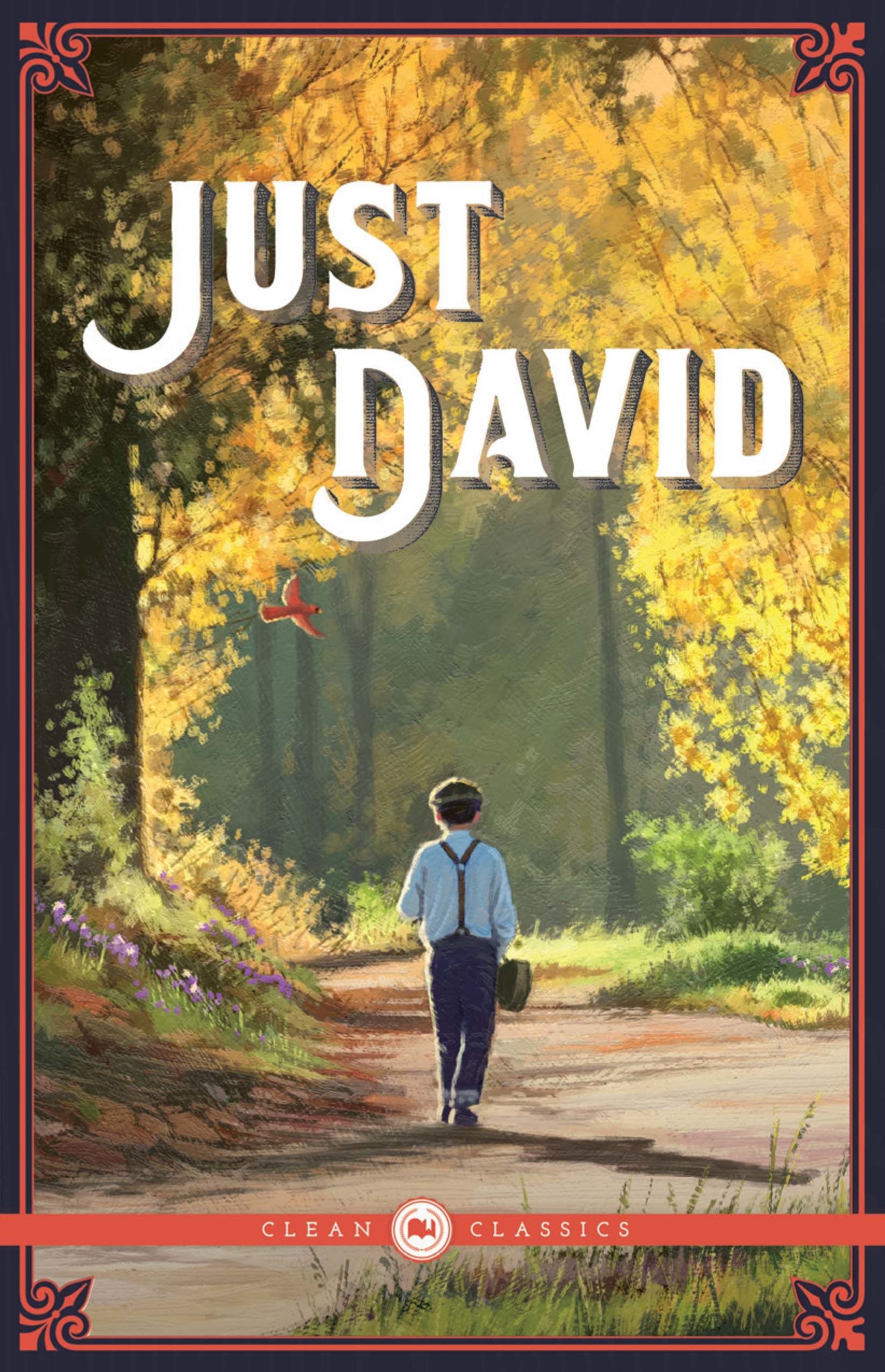The Lady of the Roses
byThe Lady of the Roses begins with David’s continued desire to bring warmth into the lives of those around him, especially Joe and his younger sister, Betty. Despite the modest means of the Holly household, David becomes deeply disturbed by the children’s hunger. Unable to ignore their need, he begins bringing food from home—doughnuts, cookies, and anything he can carry in his pockets. Although Mrs. Holly is initially critical of this action, her heart softens once she sees the sincerity of David’s intent. David’s approach is simple: if something brings him comfort or joy, he believes others should feel that same happiness too. This chapter captures his instinctive kindness—he acts without calculation, guided only by empathy. Through these small yet meaningful actions, David not only improves Joe’s and Betty’s lives but also gently challenges those around him to consider the needs of others.
Later in the story, David wanders into the grand garden of Sunnycrest and meets Miss Barbara Holbrook, the so-called Lady of the Roses. Her estate dazzles David, but he doesn’t shy away from speaking to her as he would anyone else. Their first meeting is marked by confusion and curiosity. Miss Holbrook, startled by David’s sudden appearance, is caught off guard by his honesty and charm. When David comments on the sundial’s Latin message, translating it as counting only sunny hours, a shared moment of reflection emerges. He tells her that only unclouded hours should be remembered, a belief that puzzles but also gently touches her. The richness of her surroundings contrasts with the emotional emptiness she seems to carry, something David picks up on without fully understanding.
Drawn by music and flowers, David begins to see beauty not just in objects, but in people, including Miss Holbrook. His openness prompts her to reveal bits of her sorrow, pieces buried beneath her elegant appearance and guarded words. She finds herself talking more than intended, stirred by the boy’s presence and how easily he sees meaning in things that others overlook. Through their interaction, the boundaries of age, class, and experience seem to fade. David doesn’t ask for much; instead, he offers conversation, companionship, and music. It becomes clear that his violin, often seen merely as an instrument, functions more like a bridge—one that connects him with others, especially those who carry hidden pain.
Miss Holbrook allows David to stay longer than she initially planned. Though she doesn’t say it directly, she seems soothed by his company. She listens as he shares how music has been his closest friend since his father passed. To David, the violin isn’t just a keepsake but a continuation of everything his father taught him. He believes that music can tell stories, express love, and even ease sorrow without the need for words. Miss Holbrook doesn’t speak much, but her eyes follow David intently, and her gestures soften with each passing minute. His innocence, unfiltered honesty, and thoughtful nature awaken something long-dormant in her spirit.
The chapter closes with David walking away from Sunnycrest, unaware of the emotional impact he’s left behind. He leaves carrying a few fresh roses, given to him by Miss Holbrook, who had rarely picked them herself before. The symbolism is subtle yet powerful—something that once stood only as decoration now holds personal meaning. For David, it was simply a gift. For Miss Holbrook, it may have been a first step toward re-engaging with the world outside her walls. In many ways, their brief exchange encapsulates the magic of David’s presence—quiet, sincere, and gently transformative.
Beneath the narrative’s gentle surface lies a deeper commentary on how the simplest actions can ripple through lives in unseen ways. David’s compassion and pure-heartedness serve as catalysts for introspection and change. In today’s context, his story reminds us that even without wealth or influence, one person’s kindness can break down emotional barriers and restore faith in human connection. The roses David received weren’t just flowers—they were silent acknowledgments that beauty, when shared, has the power to heal.

